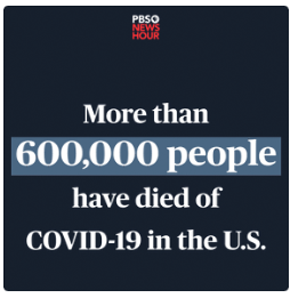Spotlight on Market Access
-
Subcutaneous Versions Emerge as Alternatives to Intravenous Oncology Drugs
Several oncology drugs that initially came to market as intravenous infusions are now available as subcutaneous injections. Both payers and oncologists expect the agents will have a positive impact in several aspects, according to a Zitter Insights survey.
Roche Group member Genentech USA, Inc. has a handful of these agents: Rituxan Hycela (rituximab and hyaluronidase), which was approved June 22, 2017; Herceptin Hylecta (trastuzumab and hyaluronidase-oysk), which was approved Feb. 28, 2019; and Tecentriq Hybreza (atezolizumab and hyaluronidase-tqjs), which was approved Sept. 12, 2024.

-
Insurers Dish on What Makes Digital Health Vendors Stand Out
Finding a vendor that shares an insurer’s organizational values while enhancing member experience is crucial to getting good return on investment (ROI) from digital health solutions, according to panelists on a recent webinar sponsored by Medicaid Health Plans of America.
“One of the things that I would say we value is partners who are equally value-based,” said Rebecca Geist, national director of government programs business development for Kaiser Permanente.
It’s also a matter of ensuring a vendor is “a reflection of our mission and values” and ensuring members retain care and coverage, Geist added.

-
Current Market Access to GLP-1s — and What’s Next
President Donald Trump’s administration on April 4 abandoned a proposal from Joe Biden’s administration that would have expanded Medicare and Medicaid beneficiaries’ access to obesity drugs, including the popular but costly GLP-1 medications.
Data from MMIT Analytics shows that fewer than 4% of Medicare enrollees have plans that put Wegovy (semaglutide) and Zepbound (tirzepatide) — GLP-1s that were approved for weight loss — under the preferred/preferred (prior authorization and/or step therapy) tier and covered/covered (PA/ST) tiers, as of April 2025 (AIS Health is a division of MMIT.) While Medicare Part D plans are barred by statute from covering weight-loss medications, they can cover them when they are approved for other indications, like reducing the risk of stroke or heart attack in patients with obesity.

-
How Can Manufacturers, Academia, Venture Capital Meet CRISPR’s Potential?
While CRISPR gene editing continues to hold promise, excitement around it has waned over the last couple of years due to various issues, including challenges with patient access and funding. But a reset of the approach to developing these agents, including the idea of using them as modular therapies that can be built upon for various diseases, is underway, leading to a potential turnaround within the industry, said speakers during a March 26 Endpoints Catalysts webinar.
“Gene editing once seemed primed to revolutionize medicine,” said moderator Ryan Cross, senior science correspondent at Endpoints News. “Although the science remains promising, many companies behind these genetic treatments are losing value and stepping back from some of the rare conditions that CRISPR seemed most poised to tackle.”

-
MMIT Payer Portrait: Health Care Service Corp.
Health Care Service Corporation (HCSC) is the parent company of five large, member-owned Blues insurers: Blue Cross and Blue Shield of Illinois, Montana, New Mexico, Oklahoma and Texas. The five subsidiaries enroll more than 17 million lives across the spectrum of health insurance products, though much of their membership is concentrated in Illinois and Texas. Originally founded in 1936 in Chicago as a prepaid insurance plan for hospital care, HCSC now enrolls more than half of all insured lives in Illinois. In March 2025, HCSC completed its acquisition of The Cigna Group’s Medicare business, which includes Medicare Advantage (MA) plans serving about 700,000 members. Cigna will continue to provide pharmacy benefit management and other services for Medicare members through its Evernorth health services arm.












